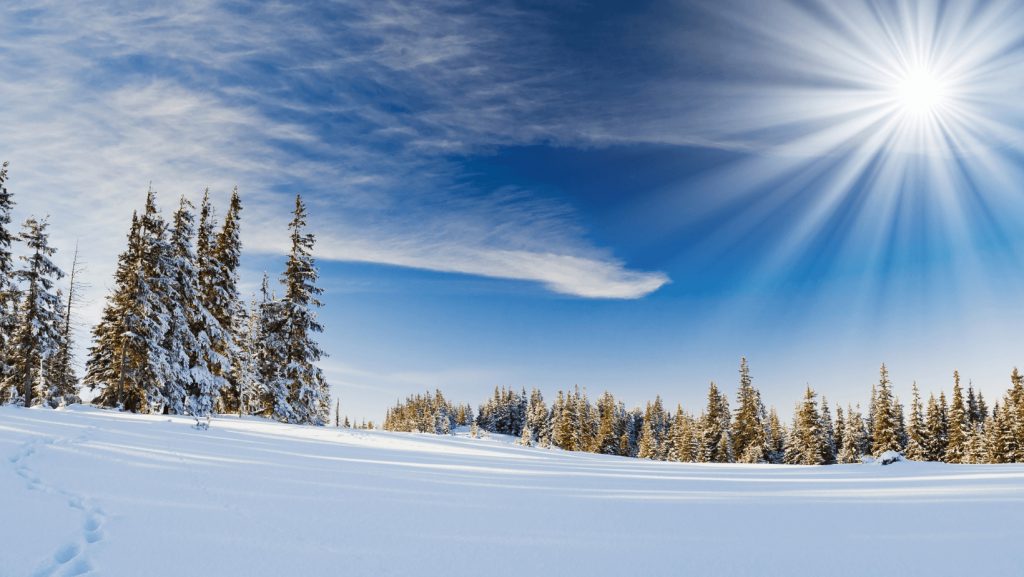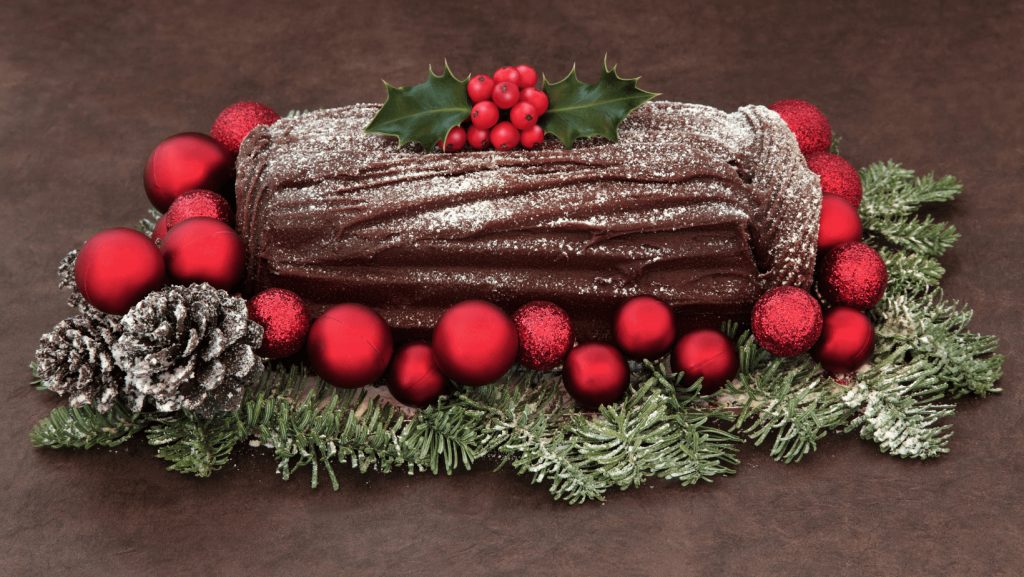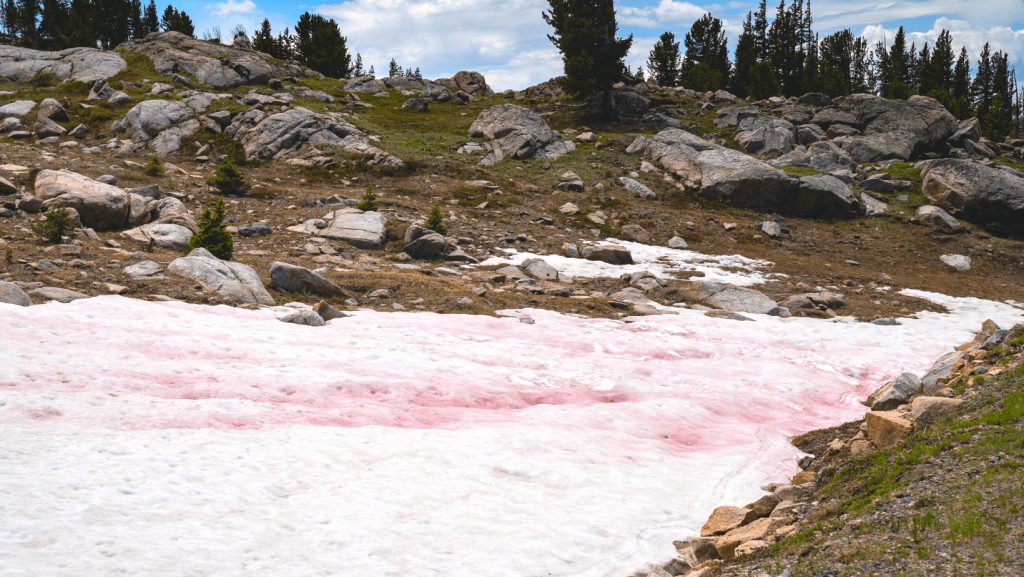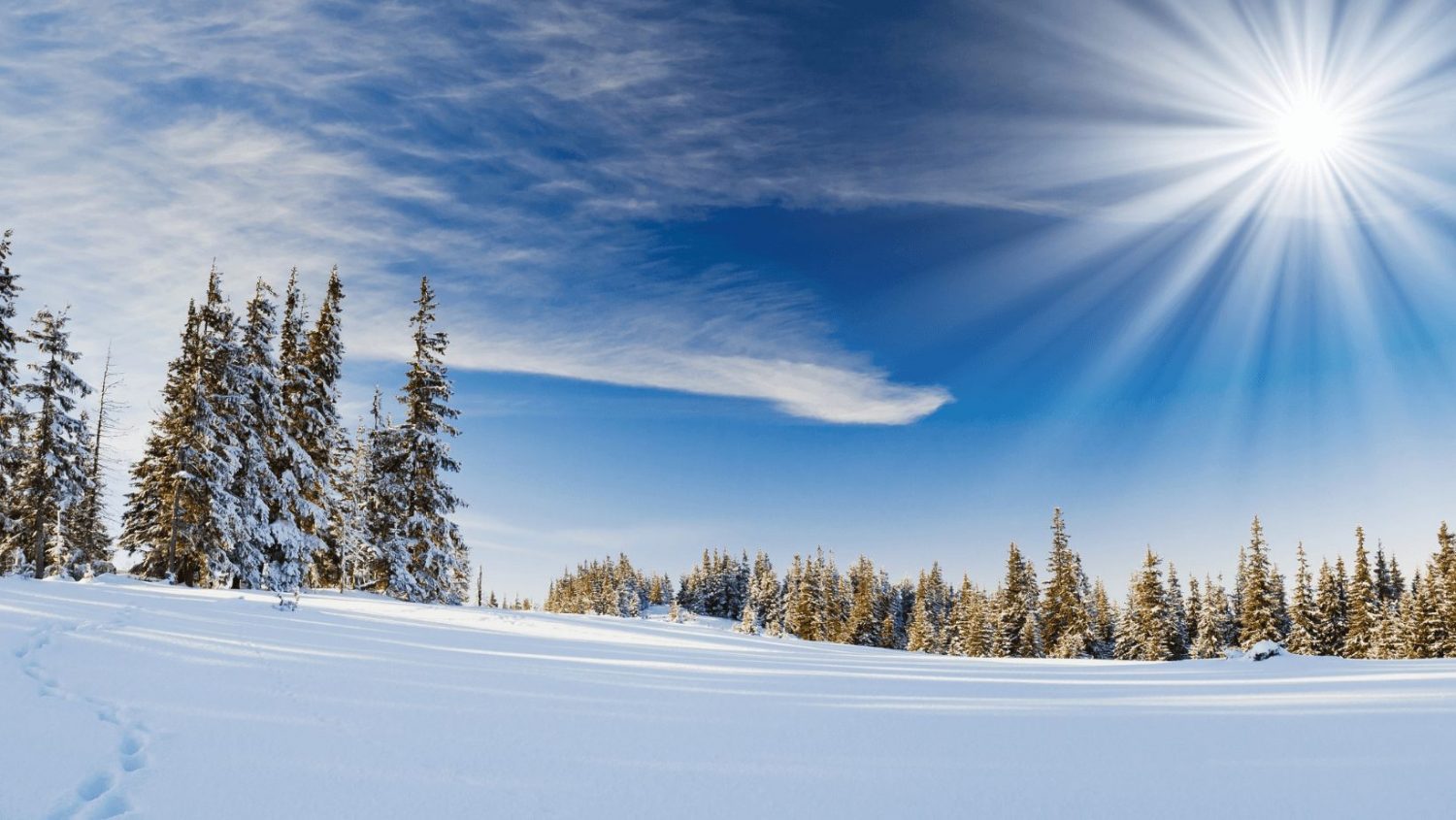
Winter Is Coming
As with the other seasons of the year, the exact date of the start of winter varies from year to year. However, it will always fall somewhere between December 20th and 23rd. In the Northern Hemisphere, the winter solstice marks the shortest day and longest night of the year. But in the Southern Hemisphere, the reverse is true, as the summer solstice in June marks the shortest day of the year.
Despite the colder temperatures in the Northern Hemisphere, Earth actually reaches its closest point to the sun during the winter. For instance, in 2021, the Earth reached its closest point to the sun on January 2nd. In fact, the earth is typically about 3 million miles closer to the sun in early January than it is in early July.
This speaks to the fact that it’s not the Earth’s distance from the sun that causes seasons, but rather the tilt of the planet. In the winter months, the Northern Hemisphere tilts away from the sun, resulting in fewer hours of daylight and colder weather. The reverse is true in the summer when tilting toward the sun provides the Northern Hemisphere with more daylight and higher temperatures.

Time To Celebrate
For thousands of years, cultures around the world have held feasts and celebrated holidays around the winter solstice. In fact, evidence has been found that humans may have observed the winter solstice as early as the Neolithic period — the last part of the Stone Age — beginning about 10,200 BC. Neolithic monuments, including Newgrange in Ireland and Maeshowe in Scotland, are aligned with sunrise on the winter solstice, suggesting they recognized the changing of the season.
The Ancient Romans had several noteworthy celebrations around the time of the changing seasons, including Saturnalia. Saturnalia, a holiday that honored Saturn, the god of agriculture, was a weeklong celebration in the days leading up to the winter solstice. During Saturnalia, the normal Roman social order was turned upside down. People were known to indulge in plentiful amounts of food and drink, and businesses and schools were closed so that everyone could join in the holiday’s festivities.
Some ancient traditions are still reflected in modern-day festivities. For example, the ancient Norsemen of Scandinavia celebrated Yule from the winter solstice through January. In recognition of the return of the sun, people would bring home large logs, known as Yule logs. One end of the log would be set on fire, and the family would feast until the log burned out. Today, Yule log cakes are popular Christmas treats that are a nod to this ancient Scandinavian tradition.

Winter Wonderland
For many in the Northern Hemisphere, the arrival of winter often means snowfall isn’t far behind. And while a regular winter storm may not be a surprising occurrence, not all snowstorms are created equal. For example, some may experience thundersnow, a rare weather phenomenon that refers to a snowstorm complete with thunder and lightning. The weather conditions for thundersnow need to be just right — the air layer close to the ground has to be warmer than the layers above, but still cold enough to create snow.
Another rare weather phenomenon some may have the chance to experience is colorful snow. While we often think of snow as white, it’s technically colorless. However, if snow comes in contact with small particles of dust or algae, it can appear to be a range of different colors, including yellow, orange, green, and purple.
One of the most common colors snow can take on is pink. This phenomenon is most commonly observed in the mountains, as that’s where the algae that gives it its hue thrives. Pink snow has been given a number of nicknames, including “watermelon snow” and “glacier blood.” The term “watermelon snow” is particularly appropriate, as it often has a sweet smell and taste. But no matter how tempting it may be, you definitely shouldn’t eat watermelon snow if you come across any this winter — the algae that creates its unique color can make you sick.
Pop Quiz
Pomegranate
Gestation

